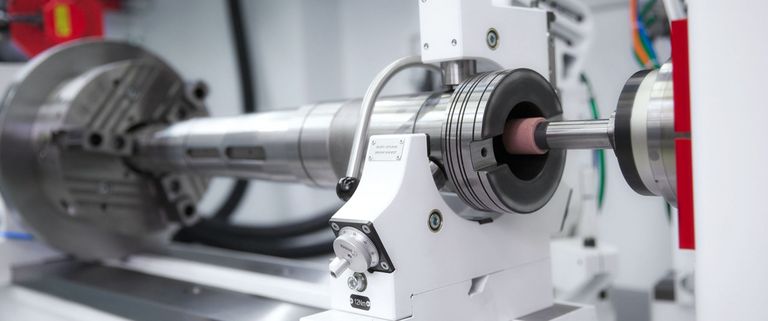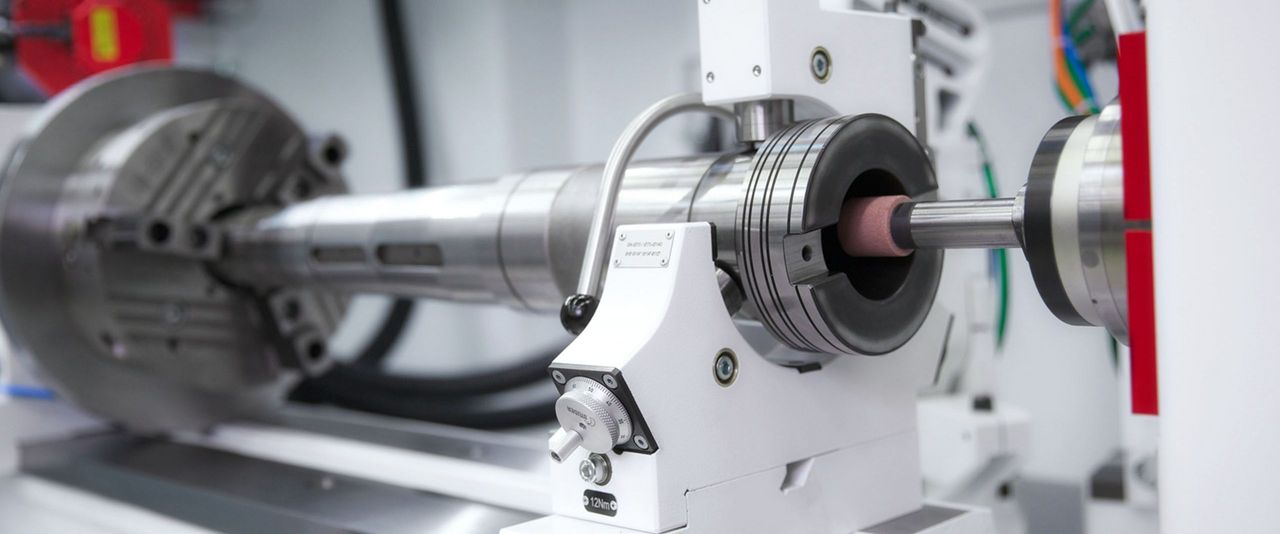The Secret to Smooth Part Surfaces: STUDER and StuderTechnology
Smooth, cylindrical surfaces are the basis for modern manufacturing itself, and today, the high-quality surfaces are required for parts in use by nearly every industry. Die manufacturers and mold manufacturers, for example, need exceptional smooth surfaces for products like draw dies, can dies, plastic mold components and more, as it improves tool life and accuracy at the same time it allows for easier removal of molded parts. And for many medical parts, surface finish plays a functional role in the performance of medical devices, among many other products.
These high-quality surfaces are not easy to produce. In fact, the ability to create fine surfaces was treated as a kind of black magic until very recently. After dressing the wheels, expert grinding specialists would need to apply decades of hard-won experience to fine-tune processes for optimal finishes. And because hand polishing is an inexact process, the expertise required for benchwork could be even greater. Today, however, all that has changed thanks to innovations created by the cylindrical grinding specialists at STUDER and UNITED GRINDING.
Foremost among these is Granitan®, a proprietary mineral casting material developed by STUDER for its machine beds. Designed for the highest level of thermal stability and vibration damping, the material significantly outperforms gray cast iron and other competing materials. Theses qualities allow manufacturers to use harder wheels and more aggressive grinding strategies while maintaining the same fine surfaces their parts require.
Furthermore, with multiple wheels on many machines, single-setup processes can ensure faster cycle times and fewer scrapped parts by eliminating the need to re-clamp parts. Multiple spindles and multiple wheels allow manufacturers to perform all of the necessary operations at once, which means clamping raw material or works in progress and taking out finished parts. By doing roughing, finishing and fine grinding in a single setup, unsurpassed accuracy is easily achievable.
The factor that ties all these features together, however, is the software. Thanks to the skills gap, fewer and fewer manufacturers have access to the black magicians that can perform the fine-tuning necessary for truly exceptional surface finishes. As a result, most manufacturers hand parts off to operators, who will conservatively and slowly grind parts to an engineer’s print and then save the results as the process without any further optimization.
Instead of wasting time with suboptimal processes, however, STUDER has made fine surfaces simple to achieve with the power of StuderTechnology. In many ways, the tricks of the trade that the grinding experts of old would use to achieve high-quality surfaces are now built directly into the tool. Users simply input the surface finish that they want into the system, and the integrated StuderTechnology tools automatically develop optimal grinding cycles that will create that finish the first time. No trial and error, no black magic – just grinding excellence at the push of a few buttons.
Interested in learning more? Visit grinding.com to find out everything you need to know about how STUDER and StuderTechnology can take your part quality to the next level.









